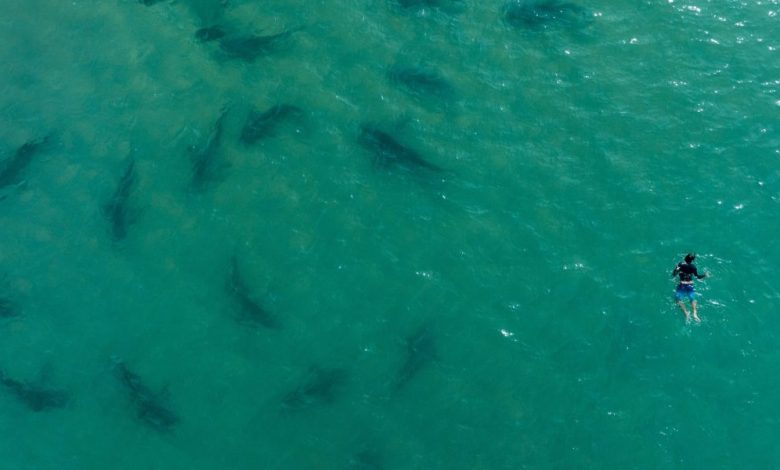UN members agree to protect marine life on the high seas

For the first time, members of the United Nations have agreed on a unified deal to protect biodiversity on the high seas – a turning point for much of the planet where protection has previously been hampered by a confusing patchwork of laws.
The UN Convention on the Law of the Sea came into force in 1994, before marine biodiversity was a well-established concept. The contract agreement concluded two-week talks in New York.
An updated framework to protect marine life in the regions beyond national boundary waters known as the high seas had been under discussion for more than 20 years, but previous efforts to reach agreement had repeatedly stalled. The uniform agreement treaty covering nearly half of the world’s surface was reached late Saturday.
“We really only have two major global commons — the atmosphere and the oceans,” says Georgetown marine biologist Rebecca Helm. While the oceans may draw less attention, “protecting this half of the Earth’s surface is absolutely critical to the health of our planet.”
Nichola Clark, ocean expert at the Pew Charitable Trusts, who observed the talks in New York, called the long-awaited text of the treaty “a unique opportunity to protect the oceans – a major win for biodiversity”.
The treaty will create a new body to manage conservation of marine life and establish marine protected areas on the high seas. And Clark said it was critical to fulfilling the UN Biodiversity Conference’s recent pledge to protect 30% of the planet’s waters, as well as his country’s for conservation.
The contract negotiations were originally supposed to be concluded on Friday, but stretched out throughout the night and well into Saturday. The drafting of the agreement, which was at risk at times, was “a historic and overwhelming success for international marine protection,” said Federal Environment Minister Steffi Lemke.
“For the first time we get a binding agreement for the hitherto hardly protected high seas,” said Lemke. “Finally, comprehensive protection of endangered species and habitats is possible on more than 40% of the earth’s surface.”
The treaty also establishes ground rules for conducting environmental impact assessments for commercial activities in the oceans.
“This means that all activities planned for the high seas must be reviewed, although not all undergo a full assessment,” said Jessica Battle, marine policy expert at the Worldwide Fund for Nature.
Several marine species – including dolphins, whales, sea turtles and many fish – undertake long annual migrations, crossing national borders and the high seas. Efforts to protect them, along with human communities that depend on fisheries or marine life-related tourism, have long proved difficult for international governing bodies.
“This treaty will help tie together the various regional treaties to address threats and concerns across the species’ ranges,” Battle said.
That protection also helps coastal biodiversity and economies, said Gladys Martínez de Lemos, executive director of the nonprofit Interamerican Association for Environmental Defense, which focuses on environmental issues across Latin America.
“Governments have taken an important step that strengthens the legal protections of two-thirds of the ocean and, by extension, marine biodiversity and the livelihoods of coastal communities,” she said.
The question now is how well the ambitious contract will be implemented.
Formal approval is also yet to come, with numerous conservationists and environmental groups promising to keep a close eye on it.
The high seas have long suffered from exploitation from commercial fishing and mining, and from pollution from chemicals and plastics. The new agreement is about “recognising that the ocean is not an infinite resource and requires global collaboration to use the ocean sustainably,” said Malin Pinsky, a biologist from Rutgers University.
Associated Press Author Frank Jordans contributed to this report from Berlin
Learn how to navigate and build trust in your organization with The Trust Factor, a weekly newsletter exploring what leaders need to succeed. Login here.



